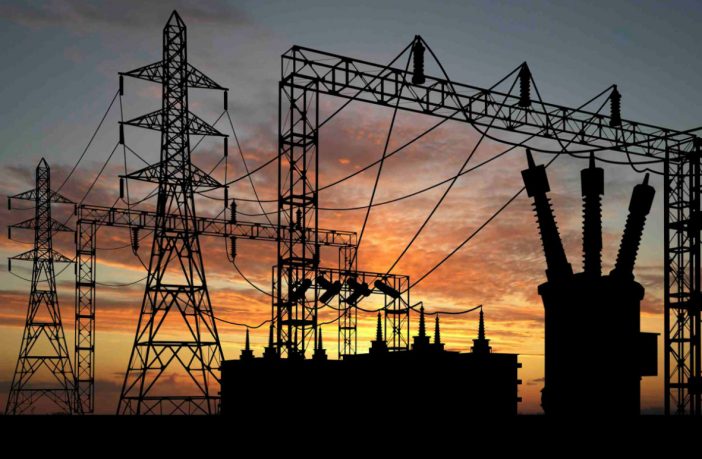- Woodmac reports that Australia’s renewables project pipeline in the National Electricity Market (NEM) remains massive at 67 gigawatts (GW) capacity (6GW under construction and 61GW in announced projects), but the current conversion rate to firm projects is low due to grid congestion.
New investments in 2019 plunged more than half to US$2.9 billion from US$6.9 billion in 2018 as grid limitations, such as system strength issues in Victoria, New South Wales, and Queensland, and low spot prices for large-scale generation certificates have caught up with the rapid growth of renewables.
Wood Mackenzie principal analyst Robert Liew said: “With about 5GW of wind and solar installations added last year, Australia is a major market for renewable energy investments in the Asia Pacific region. However, looking beyond 2021, new investment is drying up.
“Australia needs a well-defined road map to address investments in grid infrastructure if renewables growth is to continue.”
Over 30GW of new renewables capacity will be required by 2040 though existing transmission infrastructure can only accommodate 13GW. Hence, reliability and power system security of the grid will need to be built up.
Average marginal lost factors (MLF) for wind and solar projects are declining, indicating a growing risk of lower revenues. A higher MLF generally corresponds to higher revenues.
With more renewable projects planned to come online, MLFs could decrease even further, adding uncertainty to investment planning. This is leading to a decline in cash flow for developers who will receive less revenue resulting from lower output, and lower valuation of their assets.
Wood Mackenzie senior analyst Rishab Shrestha said: “In general, solar projects have seen greater declines in MLFs compared to wind power, but at the project level, MLF values can vary significantly even if they are in the same state.”
Under the current grid system, developers have been warned that even renewable energy projects that are under construction might not be able to connect to the grid on time, especially in western Victoria, with delays of upwards of nine months. As such, Wood Mackenzie expects renewables deployments are likely to be driven more by grid availability than resource potential.
Despite these barriers, the levelised cost of electricity for renewables is expected to remain competitive. Even hybrid battery storage systems that are charged by renewables could match gas-fired power within the next five years.
With its open electricity market and large-scale renewable projects reaching upwards of 1GW in capacity planned, the eastern Australia market continues to attract international investors. However, investors will need to remain cautious of the impacts of grid constraints and MLF. Australia’s renewable energy potential can only be achieved when there is greater clarity on transmission investments that can support the future sustainability of the sector.
Author: GBA News Desk
Source: Woodmac











